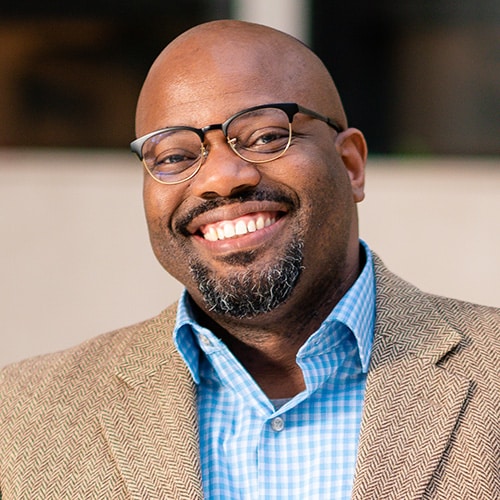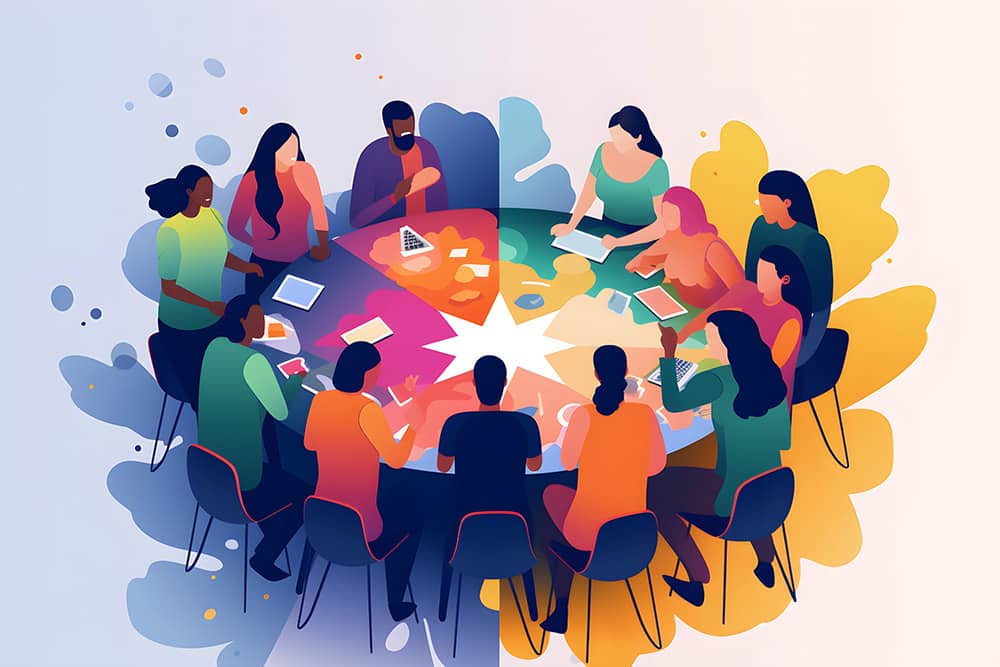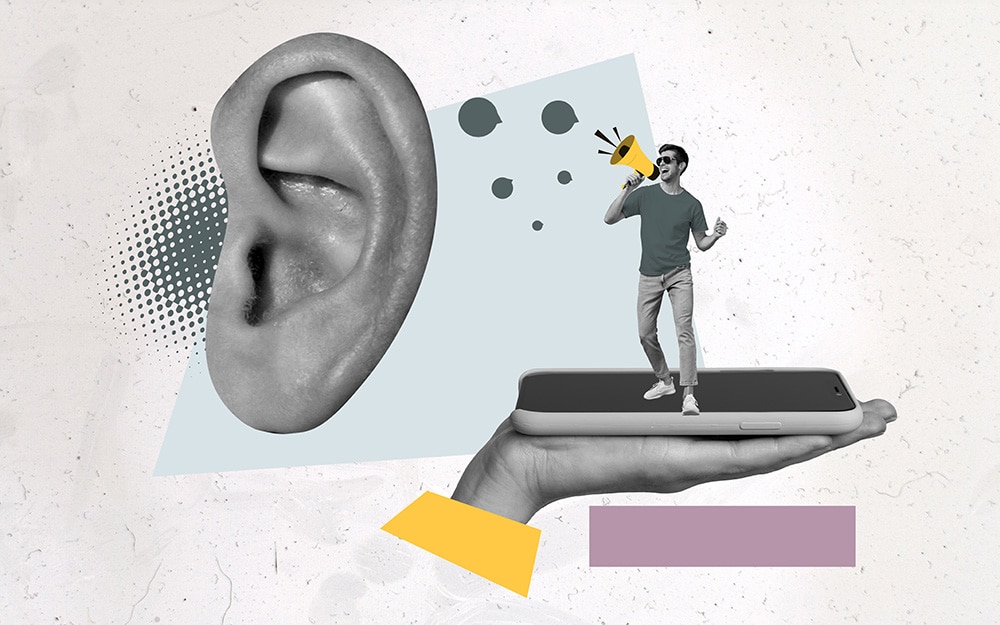Home » Allyship & Equity » Building Bridges
Allyship & Equity
Building Bridges
stock.adobe.com / Rawpixel.com
The Transformative Power of Allyship
Diversity, equity, and inclusion conversations have emerged under the umbrella of allyship. A guiding force, fostering collaboration, understanding, and empowerment, the transformative power of allyship, can be measured by its impact on individuals and communities.
A Shared Journey Towards Inclusion
Allyship is an active, intentional commitment to standing alongside marginalized or underrepresented groups, leveraging privilege to dismantle systemic barriers. It involves acknowledging biases, listening actively, and amplifying voices often unheard.
Deep Foundation of Effective Allyship
- Active Listening: Allyship begins with active listening, creating a foundation for trust and collaboration.
- Educating Oneself: Allies commit to educating themselves about the challenges faced by marginalized communities, empowering informed contributions.
- Amplification of Voices: Using privilege to amplify the voices of marginalized individuals ensures their narratives are heard and valued.
- Intentional Advocacy: Effective allies advocate for systemic change, challenging discriminatory practices within their spheres of influence.
- Continuous Self-Reflection: Allyship demands introspection, ensuring a commitment to long-term growth and change.
The Individual Girder
Allyship carries a profound impact on individuals facing systemic challenges. As a young professional navigating an industry where I was often the only African American/Black person in the room, I can imagine how women felt in these same rooms. With the active allyship of a senior colleague, my confidence soared. I was able to identify areas where my work would be recognized and where I could be a voice for other marginalized groups.
Moreover, the impact of allyship extends beyond the professional realm. In academia, a first-generation college student can find an ally in professional staff members by actively working to create an inclusive campus environment. Professional staff in higher education offer additional resources, acknowledging diverse perspectives, and advocating for equitable practices and policies. This transformative allyship positively influences a first-generation student experience, inspiring a culture of support and collaboration.
Community-Level Beams
Allyship has the potential to catalyze community-level transformations. In communities grappling with racial disparities, intentional allyship initiatives unite individuals to challenge systemic injustices. Community leaders collaborate to implement policies that dismantle discriminatory practices, fostering a culture of support and collaboration.
At the community level, take the elements of your current role and identify how you can show up for the internal and external stakeholders. As a practice, I intentionally identify internal stakeholder that I’ve exchanged emails with and visit them at their office. Putting a face to a name and having a low-tech high touch approach bridges gaps and supports inclusivity.
Fostering Inclusive Truss
Prioritizing allyship cultivates diverse and innovative teams. The tech industry, known for its lack of diversity, provides a platform for leadership to transform the office culture. The implementation of unbiased hiring practices drives an inclusive culture. Concurrently, actively mentoring and supporting all colleagues paves the way for a continuation of norms that enhance the inclusive culture. Improved collaboration and results are a direct result of a culture that encourage idea sharing, planning and execution with team metrics in place.
Withstanding Winds of Change
Missteps are inevitable, and allies may face resistance from those resistant to change. It’s crucial for allies to be receptive to feedback, acknowledging and learning from mistakes. Performative allyship, expressing support without meaningful action, can hinder progress. Effective allyship demands authenticity, commitment, and a genuine desire to contribute to lasting change.
Peer Bearings
Understanding the intersectionality of identities is essential in allyship. Individuals may hold multiple marginalized identities, and effective allyship requires an awareness of these intersections. An ally committed to LGBTQ+ rights, for instance, must also be cognizant of racial disparities, gender inequities, and other intersecting factors that impact individuals’ experiences. Being sure that you are an ally to your peers allows you to bridge gaps and establish community norms.
Conclusion: Allyship as a Bridge to a Better Tomorrow
Allyship stands as a powerful catalyst for positive change, fostering inclusivity, understanding, and empowerment. From individual transformations to community-level impact, allyship has the potential to dismantle systemic barriers and create more equitable communities. As we navigate the complexities of a diverse world, the intentional commitment to allyship becomes a guiding force, shaping a better tomorrow for individuals and communities alike. The transformative journey of allyship calls on individuals to listen, learn, and actively contribute to a more inclusive and compassionate world.
Be the Ally. Build the Bridge. ◆

Joseph R. Madison II is Associate Director of Parking Operations for Kennesaw State University, and a member of IPMI’s Allyship & Equity Advisory Group.
-
Joseph R. Madison IIhttps://parking-mobility-magazine.org/author/joseph-r-madison-ii/March 6, 2024
-
Joseph R. Madison IIhttps://parking-mobility-magazine.org/author/joseph-r-madison-ii/May 1, 2024














